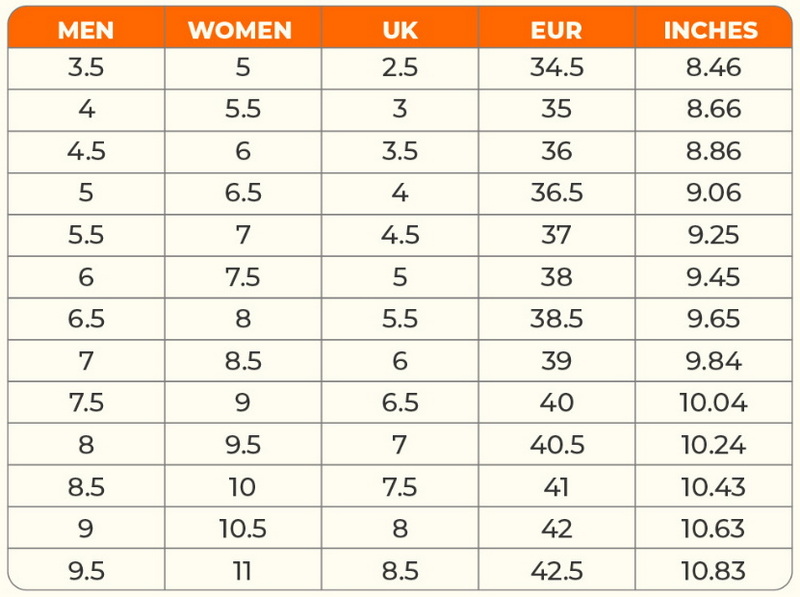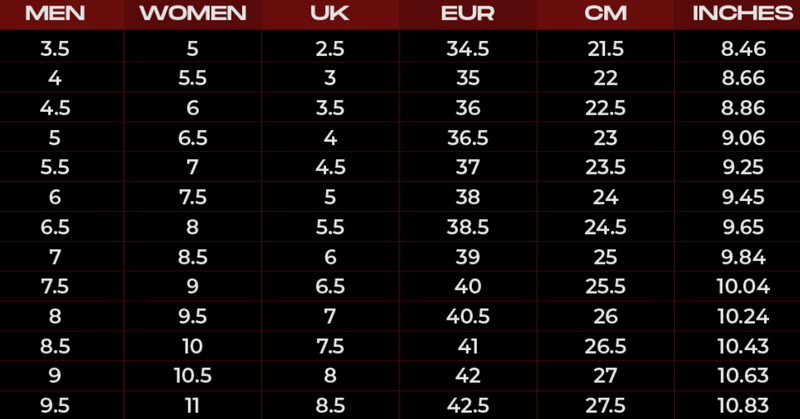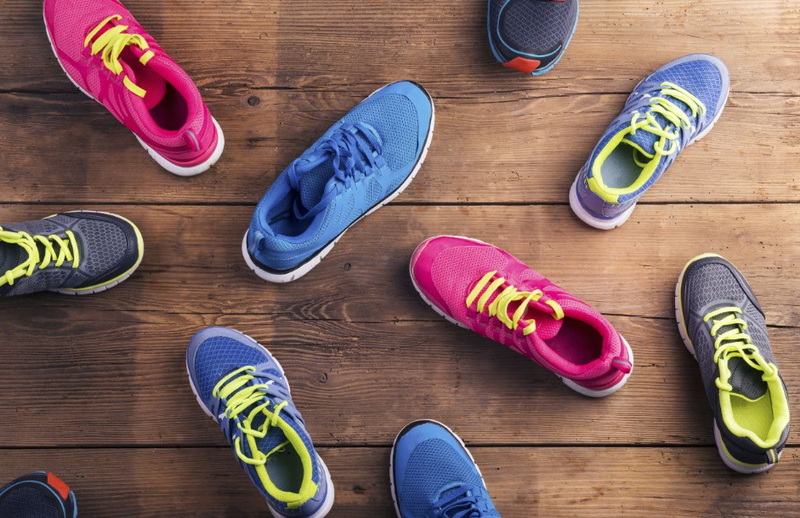Content Menu
● Understanding Shoe Design
>> 1. Aesthetic Differences
>> 2. Functional Differences
● Sizing Discrepancies
>> 1. Size Conversion
>> 2. Width Variations
● Comfort and Fit
>> 1. Arch Support
>> 2. Cushioning Differences
>> 3. Toe Box Design
● Performance Factors
>> 1. Weight Distribution
>> 2. Activity-Specific Designs
● Cultural Influences on Shoe Design
>> 1. Fashion Trends
>> 2. Marketing Strategies
● Sustainability Considerations
>> 1. Material Choices
>> 2. Production Processes
● Conclusion
● FAQ
>> 1. Are men's shoes wider than women's?
>> 2. Can women wear men's shoes?
>> 3. Do men's and women's athletic shoes perform differently?
>> 4. Why do women's shoes have more styles?
>> 5. How do I choose the right shoe size?
When it comes to footwear, one of the most common questions that arises is whether men's and women's shoes are the same. This question encompasses various aspects, including design, sizing, and functionality. In this article, we will delve into the differences and similarities between men's and women's shoes, exploring everything from style to fit, and ultimately answering the question: Are men and women shoes the same?

Understanding Shoe Design
1. Aesthetic Differences
One of the most noticeable differences between men's and women's shoes is their aesthetic design. Traditionally, women's shoes tend to feature more varied colors, patterns, and embellishments.
- Women's Shoes: Often designed with a focus on fashion, they may include elements like heels, vibrant colors, and decorative accents such as bows or rhinestones. The variety in styles can range from casual flats to elegant high heels, catering to diverse occasions and personal tastes.
- Men's Shoes: Generally more subdued in color and style, men's shoes often prioritize functionality over fashion. They are typically available in classic colors like black, brown, and navy. Styles include loafers, oxfords, and sneakers that emphasize practicality.
2. Functional Differences
While both men's and women's shoes serve the primary purpose of protecting the feet, they are often designed with different activities in mind.
- Women's Athletic Shoes: These are often lighter and designed for activities like running or aerobics, with a focus on flexibility. The lightweight materials used in women's athletic shoes allow for greater speed and agility during workouts.
- Men's Athletic Shoes: Generally built for durability and support, they may be heavier but provide better stability for high-impact sports. Men's athletic shoes often include features such as reinforced toe caps and enhanced cushioning for shock absorption.
Sizing Discrepancies
1. Size Conversion
One of the most significant differences between men's and women's shoes is sizing.
- Men's Sizes: Men's shoe sizes typically start at size 6 or 7 and can go up to size 16 or higher. The sizing system can vary by brand, so it is essential to check specific size charts when purchasing.
- Women's Sizes: Women's sizes generally range from size 4 to size 12.
To convert between men's and women's shoe sizes, a rough rule of thumb is that a woman's size is approximately 1.5 sizes larger than a man's size. For example, a men's size 8 would be roughly equivalent to a women's size 9.5.
2. Width Variations
In addition to length differences, width is another critical factor in shoe sizing.
- Men's Widths: Men typically have wider feet than women, leading to different width options such as D (standard) and E (wide). This variation allows for more comfort for those with broader feet.
- Women's Widths: Women usually have narrower feet, with widths ranging from B (standard) to D (wide). This narrower fit helps accommodate the anatomical structure of women's feet better.
Comfort and Fit
1. Arch Support
The structure of men's and women's feet varies slightly due to anatomical differences.
- Arch Support in Women's Shoes: Women often have a higher arch compared to men; thus, their shoes may provide additional arch support to accommodate this difference. This support is crucial for preventing foot fatigue during extended wear.
- Arch Support in Men's Shoes: Men's shoes are generally designed with a flatter arch support system suitable for their foot structure.
2. Cushioning Differences
Cushioning is essential for comfort in footwear.
- Women's Shoes: Often feature softer cushioning materials aimed at providing comfort during prolonged wear. This cushioning can help absorb impact during activities like walking or running.
- Men's Shoes: Typically incorporate firmer cushioning that supports heavier weights during physical activities. The design often focuses on stability to prevent injuries during high-impact sports.
3. Toe Box Design
The toe box design also varies between genders due to anatomical differences in foot shape.
- Women's Toe Box: Generally narrower at the front to accommodate a woman's foot shape which tends to be more tapered.
- Men's Toe Box: Usually wider at the front allowing more room for toes which can be beneficial for comfort during activities that require extensive movement.

Performance Factors
1. Weight Distribution
The weight distribution between men and women can affect shoe performance.
- Men's Shoes: Designed to handle greater weight loads due to generally larger body mass. They often feature sturdier materials that can withstand more wear over time.
- Women's Shoes: Lighter construction helps in agility but may not support heavier weights effectively during vigorous activities like running or hiking.
2. Activity-Specific Designs
Different activities require specific shoe designs tailored to gender needs.
- Running: Women may prefer lighter shoes for speed while men might choose more robust options for stability. Running shoes designed for women often have added flexibility while those designed for men focus on support.
- Hiking: Women's hiking boots often come with additional ankle support while men's boots focus on ruggedness and durability against rough terrains.
Cultural Influences on Shoe Design
1. Fashion Trends
Cultural perceptions of gender influence footwear design significantly.
- Women often have more diverse options due to fashion trends that emphasize aesthetics alongside functionality. Trends such as platform heels or trendy sneakers are primarily marketed towards women reflecting societal norms around femininity.
- Men's footwear trends tend to align more closely with practicality but are evolving with changing fashion norms as seen in the rise of stylish sneakers that blend fashion with function.
2. Marketing Strategies
Marketing also plays a crucial role in how shoes are designed for each gender.
- Women are often targeted with marketing that emphasizes style and trends through advertisements showcasing fashionable outfits paired with trendy footwear options.
- Men are marketed towards durability and performance features highlighting how certain shoes can enhance athletic performance or withstand tough conditions during outdoor activities.
Sustainability Considerations
As awareness around sustainability grows, both men's and women's shoe brands are increasingly focusing on eco-friendly practices:
1. Material Choices
Many brands now offer options made from recycled materials or sustainably sourced components:
- Women's brands might use organic cotton or recycled plastics in their designs while maintaining aesthetic appeal.
- Men's brands are also adopting similar practices but may emphasize durability alongside sustainability ensuring longevity in use which reduces waste over time.
2. Production Processes
Sustainable production practices are becoming prevalent across genders:
- Brands are investing in ethical manufacturing processes ensuring fair labor practices while reducing carbon footprints through local sourcing.
- Both men's and women's brands are embracing transparency about their supply chains allowing consumers to make informed choices based on ethical considerations.
Conclusion
In conclusion, while there are distinct differences between men's and women's shoes concerning design, sizing, comfort, performance factors, cultural influences, and sustainability considerations, it is essential to recognize that both types serve their purposes effectively within their respective markets. The choice between men's and women's shoes ultimately comes down to personal preference regarding fit and style rather than strict categorization based on gender alone.
As footwear continues to evolve with changing fashion trends and societal norms, the lines between men's and women's shoes may continue to blur further in the future. With increasing awareness around sustainability and ethical production practices, consumers now have more choices than ever before when it comes to selecting footwear that aligns with their values while still meeting their functional needs.

FAQ
1. Are men's shoes wider than women's?
Yes, generally speaking, men's shoes tend to be wider than women's due to anatomical differences in foot structure.
2. Can women wear men's shoes?
Absolutely! Women can wear men's shoes; however, they should consider sizing adjustments since men's sizes are often larger than women's by about 1.5 sizes.
3. Do men's and women's athletic shoes perform differently?
Yes, men's athletic shoes are usually designed for durability and stability while women's athletic shoes focus more on flexibility and lightweight design.
4. Why do women's shoes have more styles?
Women's footwear designs often reflect fashion trends that prioritize aesthetics alongside functionality; thus they tend to offer more variety in styles compared to men's designs.
5. How do I choose the right shoe size?
To choose the right shoe size, measure your foot length accurately using a ruler or measuring tape and refer to size conversion charts that account for gender differences in sizing.

















